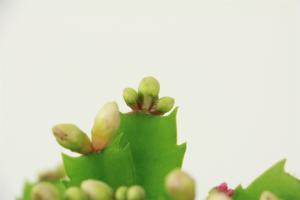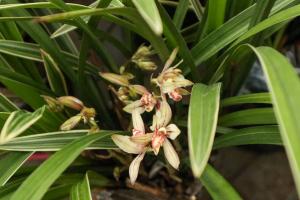How to Properly Cage Tomato Plants
Tomatoes are a popular vegetable in many household gardens, and they require proper support to grow and bear fruit. One common method of support is using tomato cages, which help keep the plants upright and prevent them from falling over. In this article, we will discuss how to properly cage tomato plants for optimal growth and yield.
Choosing the Right Cage
The first step in properly caging tomato plants is choosing the right type of cage. There are many options available, including round cages, square cages, and even homemade cages made from materials such as bamboo or PVC pipes. When selecting a cage, consider the size and height of your tomato plant. You want a cage that is tall enough to support the plant as it grows, but not so wide that it blocks sunlight or takes up too much space in your garden.
Planting the Tomato
Before you cage your tomato plant, it's important to plant it properly. When planting, make sure to dig a hole deep enough so that only the top few sets of leaves are above the soil. This helps the plant establish a strong root system and prevents it from falling over once it starts to bear fruit. Once your plant is in the ground, gently insert the cage into the soil around the base of the plant.
How to Cage the Tomato
Caging a tomato plant is simple. First, gently guide the main stem of the tomato plant through the cage. Make sure the stem is centered in the cage and not bent or twisted. If the stem is long, you may need to add a second cage or connect multiple cages together to provide enough support. As the plant grows, continue to guide the stem through the cage, securing any side branches to the cage as needed.
Add Additional Support if Needed
In some cases, even a sturdy cage may not provide enough support for a tomato plant. If you notice your plant leaning or falling over, you may need to add additional support. This can be done by staking the plant or tying it to a nearby fence or trellis. Just be sure to use soft ties or twine to prevent damage to the stem.
Monitoring the Plant
After your tomato plant is caged, it's important to monitor its growth. As the plant continues to grow, check it regularly to make sure it is still properly supported by the cage. If you notice any parts of the plant outgrowing the cage, gently guide them back into the cage or add additional support. This will help ensure the plant maintains an upright, healthy growth habit and produces a bountiful harvest.
Conclusion
Properly caging tomato plants is a simple and effective way to support their growth and maximize their yield. By choosing the right type of cage, planting the tomato correctly, and providing additional support as needed, you can help your plants grow tall, healthy, and full of delicious fruit. With a little bit of effort, you can enjoy fresh, homegrown tomatoes all season long!

 how many times do yo...
how many times do yo... how many planted tre...
how many planted tre... how many pine trees ...
how many pine trees ... how many pecan trees...
how many pecan trees... how many plants comp...
how many plants comp... how many plants can ...
how many plants can ... how many plants and ...
how many plants and ... how many pepper plan...
how many pepper plan...






























